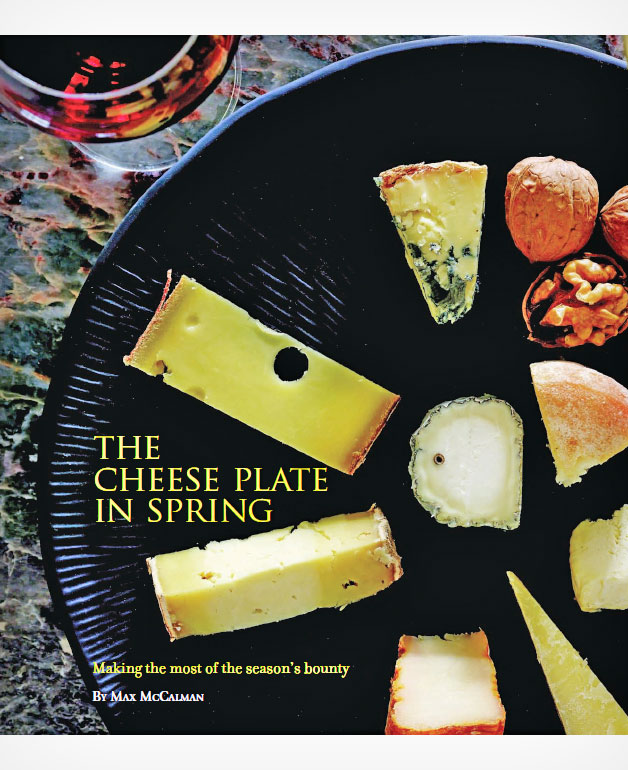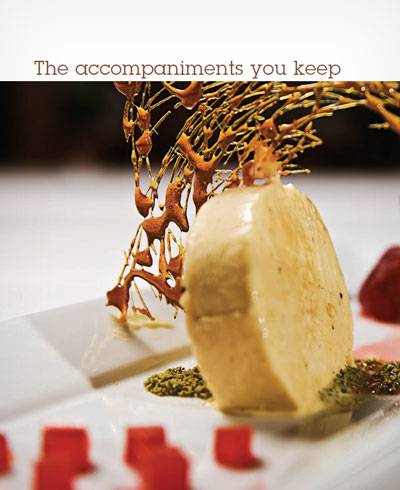Coppersea Distillery Whiskey
Pairing artisan hooch with cheese
STORY BY MAX MCCALMAN PHOTOS BY MO KROCHMAL
COPPERSEA DISTILLERY IS LOCATED IN ULSTER COUNTY, N.Y., in a part of the state that had been teaming with similar enterprises before Prohibition. A road in front of the distillery used to transport smuggled alcohol, most of it from Canada and headed to New York City. This same road had served the local distillers and other Ulster industries before Prohibition.
The region never fully recovered from that constitutional hiccup. Fortunately, there are a few family farms remaining. Coppersea is helping sustain what remains with a goal of revitalizing the farming industry. To think what this region looked like before Prohibition is difficult to imagine — stills at most farmhouses, their residents sipping whiskey, perhaps with a little cheese on the side. One remnant from that time is an Episcopalian monastery, Holy Cross, with the Hudson River behind it. The main building of the monastery is on the National Register of Historic Places, built during the earliest years of the 20th century, a boom time for farming in the county. Holy Cross may have been inspired by the Benedictine style, but it is Episcopalian — evidence of wine-and-spirit production is absent.






